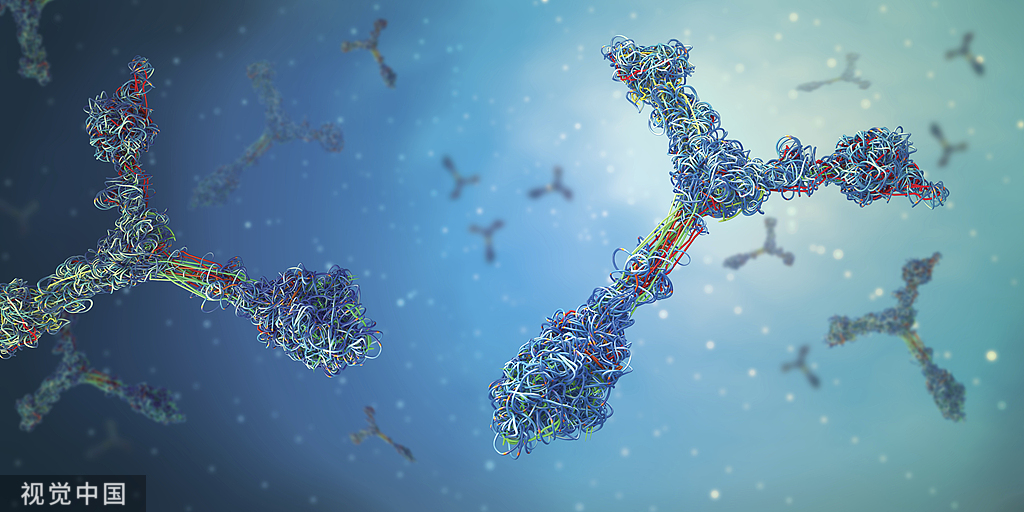Date: 2024-12-31
hits: 2095
ELISA (Enzyme-Linked Immunosorbent Assay) is an enzyme-linked immunoassay method based on a liquid-phase reaction system that can quantitatively and qualitatively analyze the concentration of various markers in biological fluid samples. It features strong specificity and high sensitivity, which also imposes high requirements on the test samples. The samples must be clear, transparent, free of precipitates, contaminants, and hemolysis, and should be highly homogeneous liquid samples.
Sample Collection
1. Serum
After placing the whole blood sample at room temperature for 1 hour or storing it at 2-8°C overnight, centrifuge at 1000×g for 20 minutes at 2-8°C and collect the supernatant for detection.
2. Plasma
Collect blood samples using collection tubes containing an anticoagulant (EDTA-Na2 is recommended). Within 30 minutes after sample collection, centrifuge at 1000×g for 15 minutes at 2-8°C and collect the supernatant for detection.
3. Tissue homogenates
Rinse the tissue with pre-chilled PBS (0.01M, pH=7.4) to remove residual blood, then weigh the tissue and cut it into small pieces. Combine the chopped tissue with the corresponding volume of PBS (typically at a weight-to-volume ratio of 1:9, for example, 1 g of tissue sample corresponds to 9 mL of PBS; the specific volume can be adjusted according to experimental needs, and proper records should be kept. It is recommended to add a protease inhibitor to the PBS). Place the mixture in a glass homogenizer and grind thoroughly on ice. To further lyse the tissue cells, the homogenate can be subjected to repeated freeze-thaw cycles or ultrasonic disruption. Finally, centrifuge the homogenate at 5000×g for 5-10 minutes at 2-8°C and collect the supernatant for detection. It is recommended to use PMSF protease inhibitor (effective final concentration: 0.1-1 mM).
4. Cell Lysates
Gently wash adherent cells with cold PBS, then digest with trypsin. After centrifuging at 1000×g for 5 minutes, collect the cells; suspended cells can be directly centrifuged for collection. Wash the collected cells three times with cold PBS. Resuspend 150-200 μL of PBS for every 10^6 cells (it is recommended to add a protease inhibitor to the PBS; if the concentration is very low, the volume of PBS can be reduced) and disrupt the cells through repeated freeze-thaw cycles or ultrasonic treatment. Centrifuge the extract at 1500×g for 10 minutes at 2-8°C and collect the supernatant for detection. Use PMSF protease inhibitor (effective final concentration: 0.1-1 mM) and a 0.25% trypsin solution.
5. Biological fluids such as cell culture supernatant, cerebrospinal fluid, urine, saliva, bronchoalveolar lavage fluid, and joint fluid.
After collecting the liquid, centrifuge at 1000×g for 20 minutes at 2-8°C to remove impurities and cell debris. Collect the supernatant for detection.
6. Sputum
1) Select the thicker parts of the sputum for weighing and add twice the volume of sputum of 0.1% DTT (dithiothreitol). The main function of DTT is to dissolve the mucus. Use a pipette to repeatedly pipette up and down, vortex for 15 seconds, and then incubate in a 37°C water bath for 5 minutes.
2) Add twice the volume of sputum of PBS buffer and continue to vortex for 15-20 minutes. Filter through a 150-mesh metal screen, then centrifuge at 1500 rpm for 10 minutes and collect the supernatant for detection.
7. Fecal
Try to collect dry feces, as overly watery feces can be difficult to process and may reduce the accuracy of detection. The collected weight should be greater than 50 mg. Wash the feces with PBS three times (final feces mass: PBS volume = 1:9), then disrupt using ultrasound (or by grinding) and centrifuge at 5000×g for 10 minutes. Collect the supernatant for detection.
Supplementary Methods
Repeated Freeze-Thaw Method: For tissue samples: After grinding the tissue, place it at -80°C for 1 hour or in liquid nitrogen for 0.5 hours, then place it in a 30°C water bath and gently oscillate to rapidly thaw. Repeat this process 1-2 times.
For cell samples: Repeat the freeze-thaw procedure as described above 2-3 times. If dealing with membrane proteins, ultrasonic treatment can be applied, but it is important to control the temperature and frequency during sonication. It is recommended to add protease inhibitors to the samples in advance.
Ultrasonic Method: Use an ultrasonic cell disruptor to sonicate the suspension to lyse the cells (for reference: use a Soniprep 150 ultrasonic generator with an amplitude of 14 μm for 30 seconds to disrupt the cells; or use an ultrasonic disruptor at 200W for 2 seconds per pulse, with a 3-second interval, for a total time of 3-5 minutes, or at 400A for 5 seconds per pulse, with a 10-second interval, repeated 3-5 times). Then, centrifuge at 2-8°C at 1500×g for 10 minutes to remove cell debris and collect the supernatant. Be sure to control the temperature during sonication.
Storage and Transportation
|
Storage |
Storage Date |
Terms of Condition |
|
2-8℃ |
7 Days |
Ice bags |
|
-20℃ |
1 Month |
Liquid nitrogen or dry ice |
|
-80℃ |
3 Months |
Liquid nitrogen or dry ice |
Avoid repeated freeze-thaw cycles.
Here are the explanation from our lab expert about the shelf life:
The accelerated stability we developed is for 7 days, which is equivalent to being stored at 2-8°C for 1 year.
However, there is a problem: the products we produce are all stored at -20°C, and the shelf life only starts counting from the time of shipment, which means the inventory also occupies a portion of the shelf life (it is generally assumed that products at -20°C do not degrade much).
At the same time, the results of real-time stability and accelerated stability assessments will eventually differ, so we conservatively set it at six months.
Most manufacturers of research reagents on the market do not conduct real-time stability assessments; they use 37°C accelerated degradation for 7 days as reference data to set a shelf life of 1 year.
This is not very rigorous, but everyone does it, so it has become the default standard.
Because there are too many types of research reagent kits, it's impossible to evaluate real-time stability for each one like IVDs, as this would greatly extend the development cycle.
Some manufacturers only conduct real-time stability assessments for a very limited number of kits aimed at industrial clients.
If he wants to store it for a year, it is recommended to keep it at -20°C, but avoid repeated freeze-thaw cycles.
The reagents should be allowed to fully return to room temperature before use.
Particularly, concentrated washing solutions are prone to crystallization at low temperatures, so they must be warmed sufficiently before use to ensure the reagents are completely dissolved.





